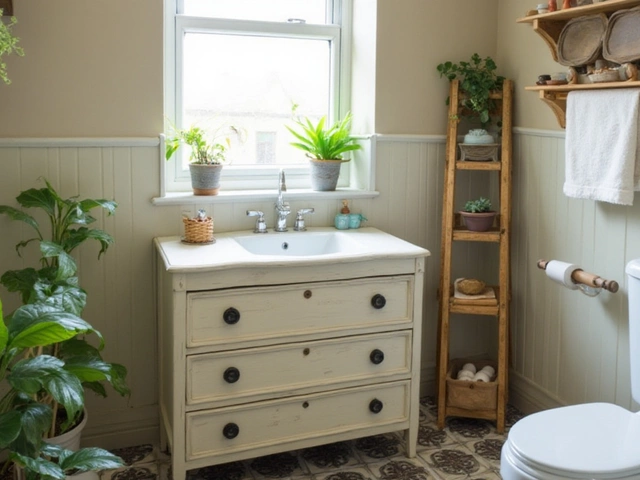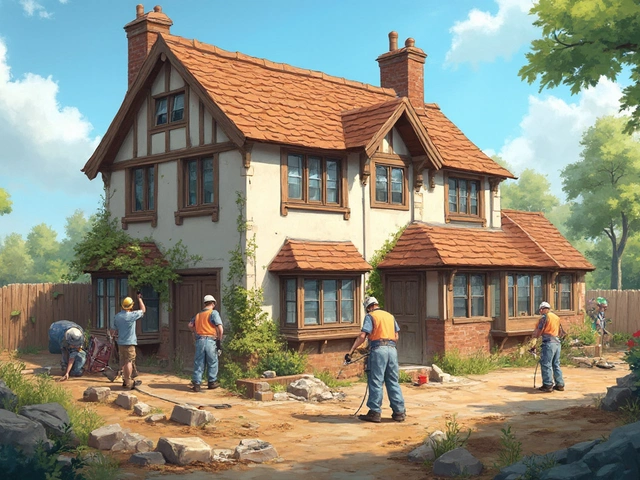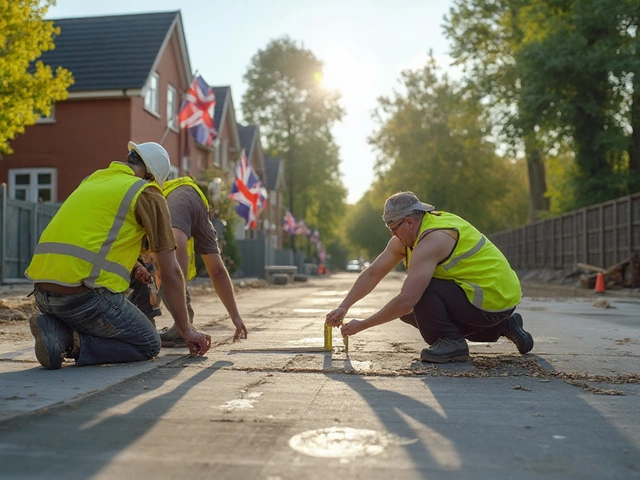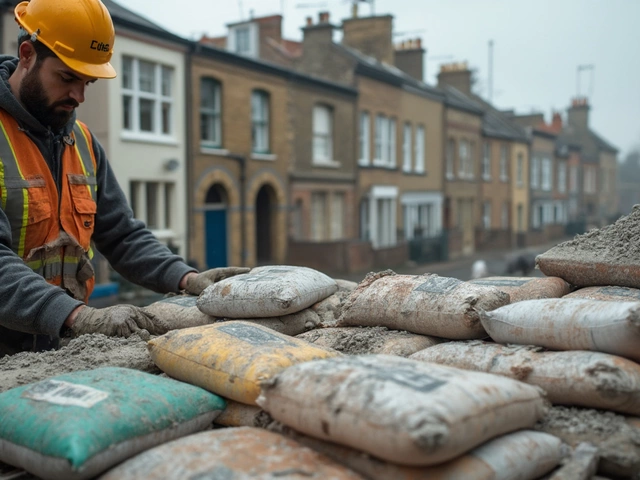Expand Your Construction Know‑How with Real‑World Tips
Whether you’re tackling a DIY foundation crack or planning a full new‑build, the right info can save you time, stress and cash. Below you’ll find straight‑forward advice that cuts through the jargon and gets you to results faster.
Foundations & Structural Basics
First things first – the foundation is the heart of any building. If you notice uneven floors, cracking walls or doors that won’t close, it’s time to check the footing. Small hairline cracks can often be sealed with epoxy, but wide gaps or shifting slabs usually need a pro.
Before you call a contractor, ask yourself these three questions:
- Is the movement still active? Use a level on the floor; if it keeps changing, the problem is ongoing.
- Are there water issues? Poor drainage can force soil to swell and push against the foundation.
- Do you see vertical cracks? Those often signal serious structural stress.
If you answer yes to any of these, get a structural engineer’s assessment. They’ll run a simple soil test and tell you whether repair (like piering or slab jacking) or full replacement makes sense. Remember, fixing a foundation early is far cheaper than dealing with a collapsing wall later.
Finishing Touches: Roofs, Kitchens, and Interiors
Once the structure is solid, the fun part begins – roofs, kitchens and interiors. A common mistake is to rush the roof replacement without checking pitch, material cost and local climate. In the UK, slate lasts long but costs more, while composite shingles are budget‑friendly and still perform well in rain.
When budgeting for a new roof, break the cost into three parts: material, labour and extras (like flashing or ventilation). Get at least three quotes and ask each roofer to explain why their price differs. You’ll often find hidden fees for waste disposal or extra fasteners.
Kitchen fitting is another area where planning pays off. A dry‑fit session – where you layout cabinets, appliances and plumbing rough‑in before the final install – can catch clashes early. Use a simple checklist: verify cabinet dimensions, check countertop overhang, confirm appliance clearances, and ensure the sink drain lines line up.
Finally, don’t overlook the small details that boost value. Good flooring choices – such as engineered wood or high‑quality vinyl – add durability without breaking the bank. And a well‑planned landscaping plan (think drainage, plant selection and hardscape) protects the foundation and makes the property look finished.
Bottom line: start with a solid base, then move to the parts that give your home character. Ask the right questions, get multiple quotes, and always double‑check measurements before any material arrives. With these steps, you’ll expand your DIY confidence and keep the project on track.
Is It Cheaper to Build Up or Expand? Real Costs of Home Extensions

Thinking about making your house bigger? You'll need to decide whether to add space above your current home or spread out by building onto the side. Each option comes with its own price tags, surprises, and challenges. This article digs into the details that make building up or expanding out a different experience. You'll find out which choice might save you money, what's involved behind the scenes, and ways to dodge budget mistakes.
read more



